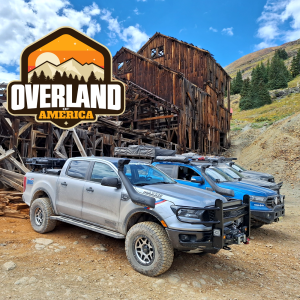bobbywalter
TRS Technical Staff
TRS Event Staff
V8 Engine Swap
TRS Technical Advisor
TRS Banner 2012-2015
TRS 20th Anniversary
Ugly Truck of Month
TRS Event Participant
TRS 25th Anniversary
- Joined
- Aug 9, 2007
- Messages
- 25,404
- City
- woodhaven mi
- Vehicle Year
- 1988
- Engine
- Transmission
- Automatic
- Total Lift
- sawzall?
- Tire Size
- 33-44
- My credo
- it is easier to fix and understand than "her"
You're right! I'm going to investigate that turbo charger too. Do you have one?
i have a few turbos in the garage. but i am currently running a detroit diesel 660 humvee block in my ranger. until there is a double diamond navistar 506 engine compete on the floor waiting, there wont be no turbo on that 660 block.
young bob though.....i suspect if he gets his welding skills up....that thing that identifies as a ranger he drives....(shoestring budget 5.3 350Z) .....it will probably have a hx35 pushing air through it.
he has grown tolerant of my ranger though. though i fear if he ever figures out there is a bolt on turbo setup out there that is a 1/4 turn fuel screw away from halving the 0-60 time.....my 660 humvee engine will die a glorious death.
i dont think i would live with a 3.0 very long unless it was from out of an explorer st or gm diesel.













